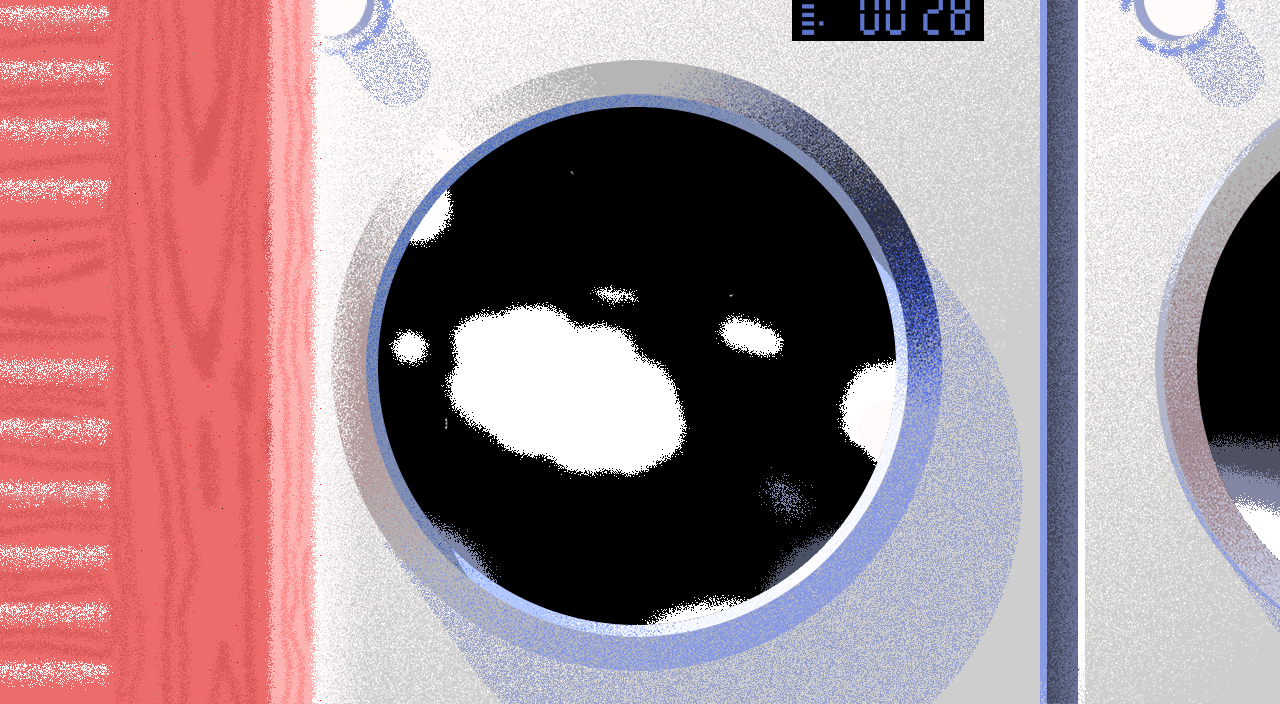If you have ever felt like your head is a tumble dryer constantly spinning with thoughts and worries, you will relate to my experiences and benefit from my work.
For the last five years, I have researched heavily, experimented and interviewed hundreds of scientists, psychologists, psychotherapists, coaches, spiritual leaders and body practitioners to formulate a four-step method to help me live in flow and not be stuck in an exhausted go. If you are looking for a calmer way to approach a hectic life, I share all my findings in my new book, Happy Not Perfect: Upgrade Your Mind, Challenge Your Thoughts and Free Yourself From Anxiety.
This stemmed from my own life: I was in a perpetual cycle of conjuring potential catastrophes, overloading my schedule full of “I should probably do that,” “I can’t say no to this” and feeling guilty if something didn’t go according to plan. Rushing became my daily tempo, all year round, juggling hosting a talk show watched by millions on Snapchat, setting up a fashion business and flying between my home in London to Los Angeles every other week. My immune system was crying out for rest, but I insisted on pushing harder, until my health broke down and I became extremely sick. It was only when I ended up in hospital with chronic exhaustion and burn out that I was forced to reflect on what had happened.
My health breakdown was ironically the greatest blessing, as it forced me to stop. The desire for a happier, more soul-filled life led me to discover the power of flexible thinking.
Flexible thinking is a way to upgrade the health of your thoughts by stepping away from being caught up in their old habits. One of the founding fathers of psychology, William James, was the first to help us understand that stress arises when our expectations differ from what reality serves us. This imagined gap between expectations and reality is where our inner critic comes out to play. Feelings of inadequacy, fear of failure, frustration, shame and sadness bubble within.
One of the greatest revelations during my recovery from burnout was that we are all wired to be stiff thinkers. This can cause us to jump to negative conclusions, anxious assumptions or catastrophic predictions. Through the power of flexible thinking, we can realize we have the power to pave a new way, through the Four C’s: connection, curiosity, choice and commitment.
Step 1: Connection
This is about getting into the routine of pausing to connect to your body in emotionally hot moments. For example, in the moments I feel triggered (like when I’ve just received an undermining email), instead of firing off something aggressively, I divert my negative emotions away by connecting to my wisdom first. I take a quick walk and some deep belly breaths. It is virtually impossible to think your way out of a problem when you are in the heat of it. It is much easier to pause and breathe your way into a different frame of mind.
Step 2: Curiosity
It is easy to forget that thoughts are not facts. Remaining curious about our thoughts is the secret to breaking previous patterns and creating new actions. Through curiosity, we realize the root of suffering usually lies in our thoughts that may not be true.
I have a tendency to assume I said something I shouldn’t have in a social situation. Instead of ruminating for the rest of the day about how I might have made people feel about me, I challenge my automatic critical thoughts with curiosity, asking myself: Is it true the group of women all hate me for telling a boring story that had no ending? No. How do these self-critical thoughts make me feel? Insecure and self-hating. How would I feel without these self-defeating thoughts? Secure and happy.
Step 3: Choice
Despite what our emotional minds may believe, our true freedom lies in the choice between emotional reaction and considered response. When we reclaim the choice to live a life with compassion, and choose love over fear, we take back our power to design the life we want. This choice in our response takes us out of the passenger seat and back into the driver seat, where each of us belongs.
We may not have a choice to be happy, because life sometimes can throw us into heart-wounding situations. But remembering we always have the choice to be kind to ourselves is key.
The next time you are overcome with worries, ask yourself: What would I tell a friend if they were experiencing what I am now? This question helps you bypass your emotional brain and instead tap into your wise intuition. Recently, I fell into that New Year cliché mindset of resolving to get healthy after a boozy holiday period. This quickly turned into shame and self-blame for not hitting the gym on Jan. 2. Instead of sitting in my pool of self-critical thoughts telling me I was a lazy cow, I flipped it with choice. I asked myself the question: What would I advise a friend experiencing what I am now? I would tell her to go slow and opt first for easy and small life changes instead of starting with the big one. Listening to my own advice, kindness and wisdom thankfully took over my terrorizing internal narrative.
Step 4: Commitment
The final step guides you to take action committed to the values you want to be aligned to in the future. If we want change, we have to do things differently. If you are currently stressed about something, try swapping out “why is this happening to me?” with “why is this happening for me?” A slight change of language offers a gentle reframe that can lead you to expand your awareness and access new information.
This question was a lifesaver when my business was going south and everything seemed to be heading to failure. When I asked “why is this happening to me,” my victim mentality overwhelmed me and I couldn’t find any solutions. Instead, anger prevailed and feeling helpless.
The only thing that offered me space to explore a new perspective was committing to the reframe: “Why is this happening for me?” Finding the gifts within the struggle is by no means easy, but it was the only path to mental freedom and the confidence to build back professional success.
I relate to the saying “two steps forward, one step back” because I admittedly still fall back into stiff thinking within my busy life as I am podcasting, writing, and setting up new businesses. I haven’t completely kicked the habit of worrying that what I said or did affects people negatively. But flexible thinking encourages me to meet my mistakes with compassion and dissolve fears by getting curious. Most importantly, I have learned to live life from a heart-centered, connected place that prioritizes inner wisdom over emotional reactions. I am the least perfect I have ever been. And I’m also the healthiest and happiest.
Follow Poppy on Instagram @poppyjamie
Listen to her NOT PERFECT podcast with over 100 hours of interviews with the world's greatest thought leaders.

JR Bee







